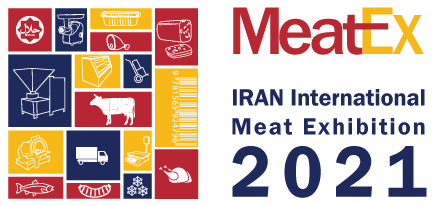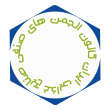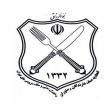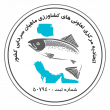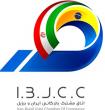Food Industry in Iran
Iranians love fast food, not only for the cuisine itself, but as a leisure activity and a means of socializing, reads a white paper authored by Tehran-based management consulting firm ILIA Corporation and shared with the Financial Tribune.
Excerpts from the report are presented below:
Some 79 million Iranians (23.8 million families) spend $6.3 billion annually eating at restaurants, according to official statistics in 2013. During the eight years from 2005 to 2012, Iranian spending at restaurants increased by 120% and in the coming years this rate is forecast to significantly rise further. It is estimated that one-third of Iranian spending at restaurants is concentrated on the fast food sector with Iranian families currently spending $2 billion annually on fast food (about $85 per family). Wealthy Iranians (the tenth decile) spending on restaurants is 41 times more than the first decile ($1,300 vs. $31 per year). To obtain permits to open a fast food business, four key governmental organizations must first be engaged: police, municipality, Health Ministry and the industry union. It is estimated that 20,000 fast food establishments are operating in Iran, predominately in Tehran. There is also a large prevalence in the next four largest cities, namely Shiraz, Isfahan, Mashhad and Tabriz.
There is a large quality and efficiency differential between global fast food chains and those found in Tehran, and also between those in Tehran and the next four largest cities.
ILIA breaks down Iranian fast food restaurants into three categories: 1. High quality and reputable in city/country; 2. Medium quality and reputable locally; and 3. Low quality and junk food. The consulting firm believes fewer than 5% of Iranian fast food brands fall under the first category; approximately 30-40% under the second; and approximately 55-65% under the third category. There are nearly 2,000 fast food establishments in the city of Tehran, of which approximately 10% are not registered. Furthermore, 50% of Tehran restaurants and fast food chains are located in four districts of the capital city (out of 22). ILIA defines five key indicators of success for fast food businesses in Iran. On many of these metrics, we believe existing branches are still lagging.
Diversity
There is limited diversity of fast food options in Iran. Bringing a differentiated offering to the market is important, as consumers currently have limited options.
Quality
Quality of product is important, so too is the quality of the exterior and interior store front. Progress has been made on this area, but there is still much further to go.
Supply Chain
Supply chain management is non-existent. Maintaining the same quality at different branches is challenging.
Human Resources
Workers in the Iranian fast food industry require increased training.
Location
Location is one of the most important factors of success. Targeting the major population hubs is the key.
The fast food industry presents significant opportunity for established international chains considering an expansion into the Iranian market; however it is not without its challenges.
Market Opportunities
•Large domestic market (about 37 million Iranians between 10-35 years of age)
•Fresh and good quality, locally sourced produce (the country of four seasons)
•Sanctions relief and better international conditions
•Fast food is considered a means of socializing
•An absence of large international fast food chains in Iran
•Inexpensive food material
•Inexpensive labor
•Changing Iranian lifestyle; rapidly modernizing (more demand for fast foods)
•High rate of urbanization in Iran, moving more people into the larger cities.
Market Challenges
•Poor supply chain management
•Less skilled labor
•Lack of international experience in market
•A notable demand gap between Tehran and other cities
ILIA believes many of these market challenges will be addressed over the next five to eight years, as the Iranian market further opens up to international competition
Conclusion
Iran is an emerging and growing market, providing existing businesses with an exciting opportunity for expansion. Iran has favorable demographics (a large and young population), rising rates of urbanization and a population who are increasingly turning to fast food as a means of socializing. At present, there is no dominant business in the market and the majority of existing businesses lack the quality and efficiency of their global counterparts. Of the challenges facing new entrants, the most notable is the lack of an established supply chain management system, which makes maintaining the same quality of product and service from store to store challenging. However, ILIA believes these challenges will be addressed over the next five to eight years, as the Iranian market further opens up to international competition.
